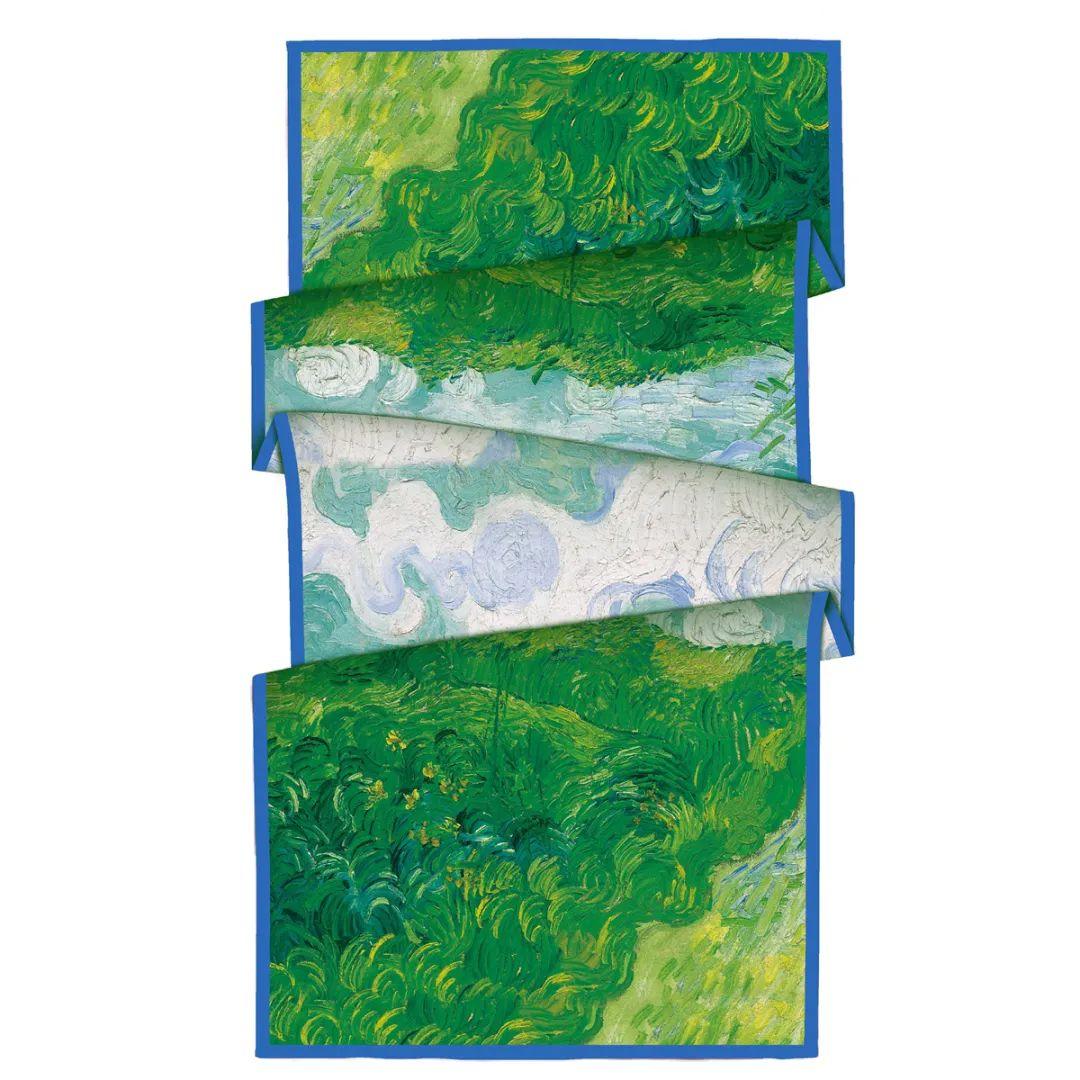The Versatile Ghutrah: A Beloved Symbol of Qatari Identity and Fashion
The ghutrah, a traditional headpiece worn by Qataris, is truly a versatile accessory that showcases both personal and national identities. It's amazing to see how Qataris can effortlessly recognize their friends from afar just by the way they wear their ghutrah. The style varies depending on the season, temperature, and the level of formality required. When it's time for prayer, the ghutrah is respectfully removed and then replaced, often with the help of a mirror to ensure it sits perfectly. A photograph taken in the bustling suq captures a particularly intricate way of securing the ghutrah atop the head.

The ghutrah holds a special place in Qatari and Gulf fashion. It's not uncommon to see people constantly adjusting their ghutrah, crimping or straightening the front to their liking, and folding the sides in a unique way that reflects their personal style. From a distance, you can easily identify someone by the distinctive way they wear their ghutrah.

There's another popular way to wear the ghutrah that's more functional than fashionable. It keeps the cloth neatly tucked away, provides extra warmth during winter, and helps keep the iqal securely in place. This type of ghutrah is often made of wool and features a colorful decorated border.

The ghutrah is worn in countless ways, influenced by factors such as family, age, the season, and the occasion. In the desert, three men sit on a sand dune overlooking Khor al-udaid. Based on their attire, I'd guess it's autumn or winter. One man is bare-headed, while the other two wear different styles of ghutrah, iqal, and thub. Despite their relaxed demeanor, it's clear that they take pride in their fashionable ghutrah and iqal.

During colder weather, Qatari badu bundle up in heavy coats lined with sheep wool to stay warm. However, it's not uncommon to see Qataris mixing traditional and Western clothing. I've spotted jackets, heavy waistcoats, and even a badawi worker in the desert wearing a thick pullover. Notice how he's wrapped his ghutrah around his head for added warmth.

Beyond its practical uses, the ghutrah also plays a significant role in fashion. It can be pinched at the front, draped over the shoulder, worn with one side perched on top of the head, or wrapped around the throat in numerous variations. Combined with the iqal, these styles create a diverse array of looks that express individuality and a sense of pride in wearing traditional attire.


